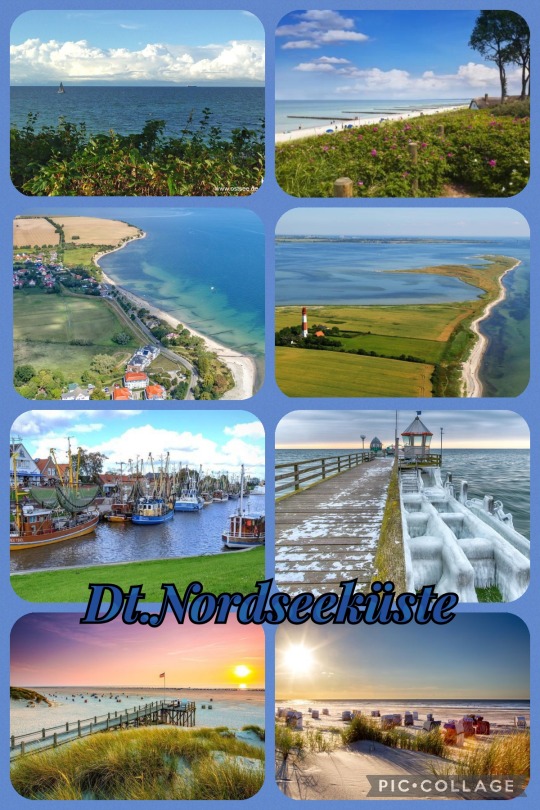#North Sea coast
Text

Rooftops , Oostende - Elise Debrock , 2023.
Belgian, b. 1989 -
Oil on canvas , 100 x 85 cm.
577 notes
·
View notes
Text
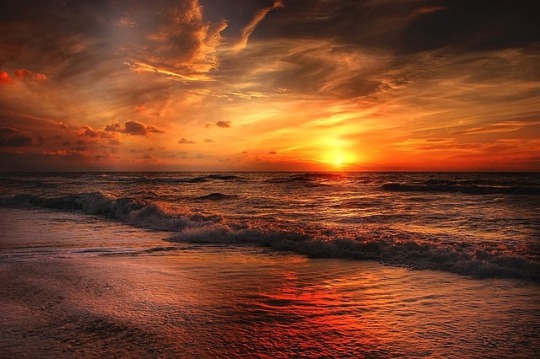
#Rescue ship#Ship collision#North Sea#DGzRS#Search and rescue#Shipwreck survivors#Heroic courage#Life-saving#Dramatic rescue operation#Forces of nature#Command center#Fight for survival#Rescue divers#Hope and determination#Coast guard#North Sea coast#High-stakes rescue mission#Teamwork#Shipwreck emergency#German waters#Rettungsschiff#Schiffskollision#Nordsee#Seenotrettung#Schiffbrüchige#Heldenmut#Lebensrettung#Dramatische Rettungsaktion#Naturgewalten#Einsatzleitung
0 notes
Video
Rockanje strand / beach by Janneke Booister
Via Flickr:
Watercolour on Arches grain Fin 300 g/m2.
Colours used are Cobalt Blue, Payne's Gray, Burnt Umber, Raw Umber, Raw Sienna, New Gamboge; all Winsor&Newton Professional.
My own reference.
Paper size 28 x 38 cm, available (Contact me)
Het verhaal van deze aquarel vndt u in mijn blog / The story of this watercolour can be found in my blog jannekesatelier.blogspot.com/
#Aquarel#Janneke Booister#Landschap Nederland#Duinen#Noordzeestrand#zomer#atmosfeer#Watercolour#Landscape#Netherlands#Dunes#North Sea Coast#summer#atmosphere#flickr
1 note
·
View note
Text

Oregon, USA (by Eric Muhr)
#curators on tumblr#wanderlust#li_destinations#travel#explore#oregon#usa#united states#america#north america#beach#seascape#seaside#coastal#coast#sea
961 notes
·
View notes
Note
hello!!! sorry if this is a personal ask, but i was wondering if you would be interested in talking about some of your region's language and dialect? its difficult to find information on specific demographics and how their dialects relate to the language overall, and im also in a lot of trouble with the german teacher crime syndicate and if i remain unable to roll an r they might get me - anon
Not personal at all! I'd love to talk about my dialect and I'm holding back from writing a whole essay about it rn :'D
If your German teachers make you roll your r they're either trying to make you sound Southern* or they're not even trying to teach you the uvular r. Neither one of these options is ethical. Standard German (TM) doesn't include rolled r sounds, the uvular r is way more common! I hear it's hard for Anglos to do, but just think of the k and g sounds - they get your tongue in the right position for that guttural non-rolled r :) (check this video, it explains pretty well)
I'm a Saxon speaker. This dialect has the same unfortunate connotations as deep Southern or Midwestern US accents; uneducated, bigoted, small-minded and all that, and it's considered unprofessional to speak it on the job (top 10 things that make me yearn for violence btw).
Anyway. Saxon my beloved!! It's very laid-back and fun. Whimsical, even. Your tongue kinda just stays at the back of your mouth, pronunciation is incredibly lazy, soften all the consonants. Since it's a Middle German dialect and not a High German one, some words are closer to English, too! Apfel becomes Appel, for example.
Saxon is also universally used when ppl satirize/mock East Germany or the entire region ig even though the dialects here are super diverse, too. And I'm not even from the state of Saxony but whoever drew the new state lines after the reunification had to have been WASTED cause wtf is Sachsen-Anhalt?? Whenever I open my mouth ppl just clock me as Saxon or maybe Thuringian but NEVER as Anhaltian.
Hope this helps, feel free to ask more! Good luck with your teachers 💥💥
#* some low german dialects around the baltic north sea coast also roll the r#and another thing: you can tell if someone is saxon even when they're speaking english#it's so strong it's wild#german stuff#ask
55 notes
·
View notes
Text
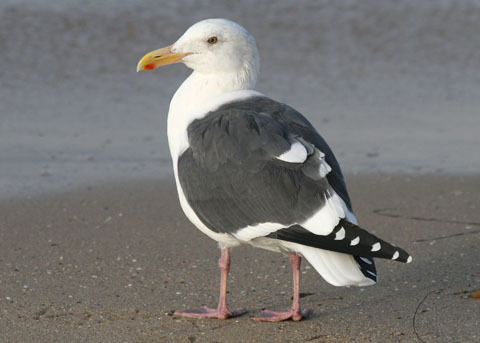
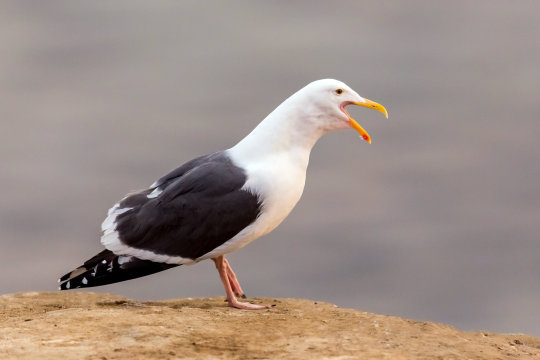
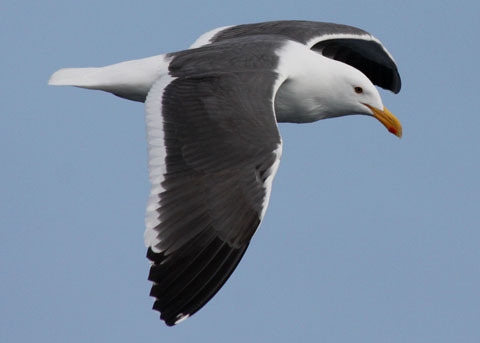
Western Gull, Best(ern) Gull
The western gull (Larus occidentalis) is a common sight throughout the western coast of North America, from British Columbia in Canada to Baja California, Mexico. Within this range, it is found almost exclusively near the coast or on offshore islands, and only rarely turns up more than 160 km (100 miles) inland or far out at sea.
One of the larger gull species, L. occidentalis weighs about 0.8-1.4 kg (1.8-3.1 lbs) and measures 130 to 144 cm (51 to 57 in) from wingtip to wingtip. The markings are fairly plain; adults of both sexes sport a white head and body and grey or black wings. The bill is bright yellow, with a red spot on the lower portion. Because of their simple plumage, the western gull bears a strong resemblance to several other gull species that inhabit the same region, including the California gull and the glaucous-winged gull. In fact, the western gull has been known to hybridize extensively with the glaucous-winged gull, and in some regions the hybrid population is larger than either parent species.
Western gulls establish territories as mated pairs within a larger colony, and once a territory has been established they almost never relocate. Courtship begins in the spring, around March, and is usually complete by May. Males establish a nest in the colony, and prospective females arrive to inspect it. After a brief ritual, the male and female become paired for life. A typical clutch consists of 1-3 eggs, which are incubated by both parents until they hatch about a month after laying. Chicks remain at the nest for an additional 10 weeks, but mortality for young western gulls is extremely high and only 1 in 3 typically make it to independence. Adults may live to be anywhere between 15 and 25 years old in the wild.
L. occidentalis is perhaps best known for its large and voracious appetite. While strictly carnivorous in the wild, individuals will consume a variety of unappetising foods including plastic, decaying plant material, garbage, and food scraps offered by humans. In their natural habitat, the western gull feeds on fish, marine invertebrates like crabs and snails, and terrestrial invertebrates such as earthworms, beetles, and carrion. This species is also known for stealing from other animals, and groups often establish themselves near other shorebird colonies in order to poach their meals. Adults themselves are seldom predated upon by other animals, but chicks may become food for predators like foxes and coyotes.
Conservation status: Based on their large and stable population, the IUCN has determined the western gull to be of Least Concern. The most common threats to this species are contamination from pesticides and herbicides, habitat loss, and consumption of inorganic materials like plastics.
If you like what I do, consider leaving a tip or buying me a kofi!
Photos
John C. Avise
Mick Thompson
#western gull#Charadriiformes#Laridae#gulls#sea birds#birds#marine fauna#marine birds#coasts#coastal birds#north america#western north america#Pacific ocean#animal facts#biology#zoology#ecology
86 notes
·
View notes
Text
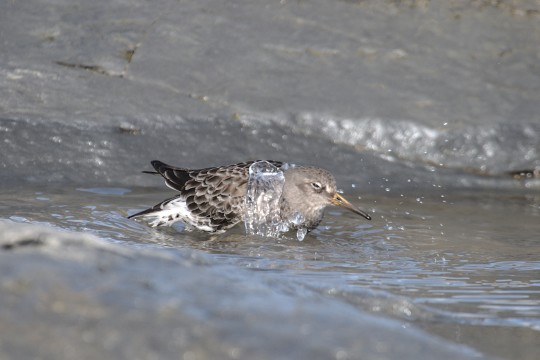
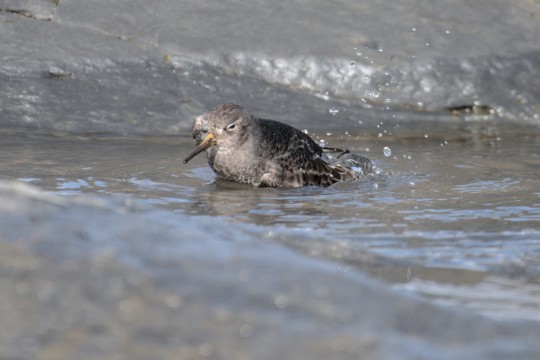
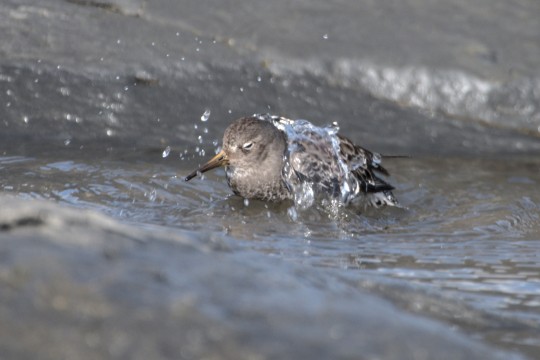
A purple sandpiper having a bath
#purple sandpiper#sandpiper#birds#birds of tumblr#bird photography#nature photography#nature#outdoors#outdoor photography#redcar#east coast#yorkshire coast#north sea#splashing#bathtime#bathing#photography is my therapy#photographers on tumblr#original work#original content#all my own work
85 notes
·
View notes
Text

La Fille Renne
#La Fille Renne#lomography#film photography#Føroyar#Faroe Islands#North#sea#coast#2023#LomoChrome Color '92#travel#subartic#island#nature#naturecore#photography#landscape#travelcore
64 notes
·
View notes
Text
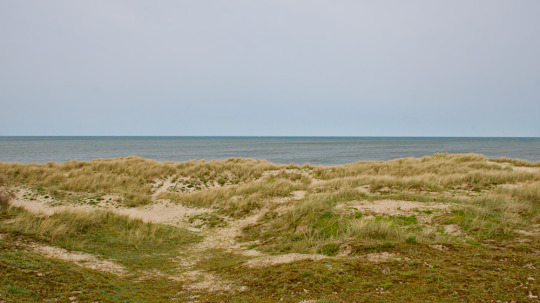
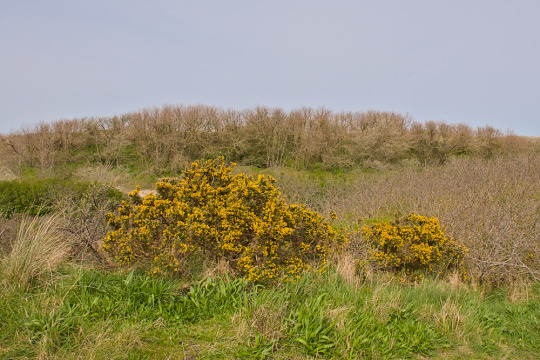
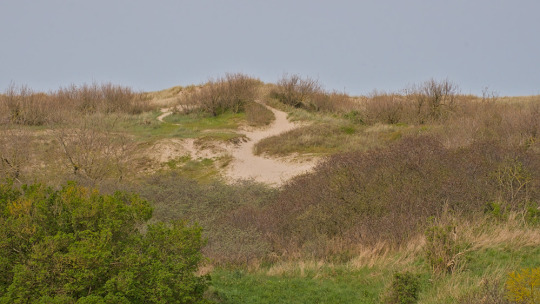

Dunes along the North sea coast in Bredene, Belgium
#dunes#coast#coastal#north sea#photography#landscape#a game of tones#spring#springtime#wanderlust#hiking adventures#original photographers#photographers on tumblr#lensblr#original photography#pws#nature
42 notes
·
View notes
Text

Oyster Bay, Vancouver island, BC, Canada
#photography#photographers on tumblr#nature#wilderness#nature photography#canada#british columbia#landscape#ocean#sunset#sky#sea#pacific north west#west coast
2K notes
·
View notes
Text
A Storm of Heroes: Battle for the North Sea
Skiper D. Schröder was a man who kept his composure even in the stormiest waters of life. As the head of the German Society for the Rescue of Shipwrecked Persons (DGzRS), he had encountered enough treacherous situations to understand that the North Sea was not merely a picturesque backdrop for idyllic coastal towns, but also a relentless and unforgiving force capable of sealing the fate of sailors in seconds.
On this fateful day, Skiper Schröder had once again assumed his duties, without realizing that he was about to face one of the most challenging trials of his life. The news of the collision between the two cargo ships, "Polesie" and "Verity," in the German Bight had reached him at the DGzRS control center, and his brow furrowed deeply as he learned the dramatic details.
Conditions out there were relentless: waves reaching up to three meters, poor visibility, and gale force six winds. Skiper Schröder knew that his crews were in a nightmare. However, he also understood that they were trained and motivated to confront any challenge. These men and women were risking their lives to save others, and that drive compelled them, even in the most adverse conditions.
"Conditions are challenging," Christian S., the DGzRS spokesperson, said as he coordinated the crews on the rescue ships. "The sea is as fierce as a beast today."
A young rescue swimmer, Max, spoke to Skiper Schröder over the radio. "Skiper, we have visual contact with a life raft. There are survivors on it, struggling through the waves."
Skiper responded, "Hold on, Max. We're almost there. You are our hope."
The search for the shipwrecked had begun, and Skiper Schröder could sense the tension in the air. Rescue ships and helicopters combed the sea, while the sonar plane searched for signs of the missing seafarers. The crews on the life-saving ships were in constant communication, coordinating their efforts and keeping hope alive.
"We must find these men, Skiper," Petra, an experienced sea rescuer, said with a trembling tone in her voice. "We cannot fail."
Skiper placed a reassuring hand on her shoulder and calmly stated, "We will find them, Petra. Do not give up."
Meanwhile, divers prepared to explore the sunken ship "Verity" in the depth of 30 meters. The chance that the missing crew members were trapped inside the ship's hull existed, but the conditions were exceedingly challenging. The frigid water temperature turned the rescue operation into a race against time.
"Divers, you are our last hope," Skiper Schröder declared to the men as they prepared for their perilous mission. "Bring our seafarers back safely."
The sun had long set, and a relieved call came over the radio. "Skiper, we've found them! They are alive!"
Skiper Schröder could hear the joy in the diver's voice, and a smile spread across his face. "Well done, men. You are heroes."
Ultimately, the missing seafarers inside the sunken cargo ship "Verity" were also located and rescued. They had been trapped in a small airshaft, waiting for a miracle. Their survival appeared to defy all odds.
When they were finally saved, relief was evident in their eyes. One of them, an older seafarer named Karl, with tears in his eyes, said, "You've saved our lives; I'll never forget you."
The sunrise the next morning marked the end of this dramatic rescue mission. The DGzRS crews had triumphed over the merciless North Sea and the forces of nature. Skiper D. Schröder could take pride in his team and their dedication.
The tragic collision of the cargo ships had transformed into a story of heroes. The rescue teams had turned the impossible into reality, and the missing seafarers had been saved. This was a triumph of human will over the forces of nature, a tale of courage, determination, and teamwork that would be etched into the annals of the DGzRS. Skiper D. Schröder knew that they were ready to confront any new challenge that the unforgiving sea might throw their way.
#Rescue ship#Ship collision#North Sea#DGzRS#Search and rescue#Shipwreck survivors#Heroic courage#Life-saving#Dramatic rescue operation#Forces of nature#Command center#Fight for survival#Rescue divers#Hope and determination#Coast guard#North Sea coast#High-stakes rescue mission#Teamwork#Shipwreck emergency#German waters
0 notes
Text

Lifeguard chair
#photography#photography of the day#nature#beach#sea#lifeguard#blue#sky#clouds#chair#egypt#north coast
29 notes
·
View notes
Text
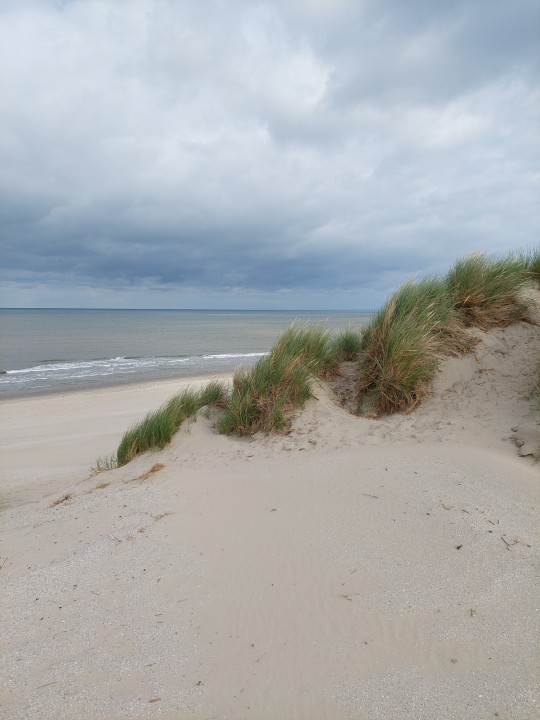
#mine#my picture#my pictures#nature#amateur photography#nature photography#my photography#duinen#duin#dune#dunes#sand dune#sea#seacoast#coast#kust#noordzee#northsea#north sea#nordmeer#nordsee
11 notes
·
View notes
Text
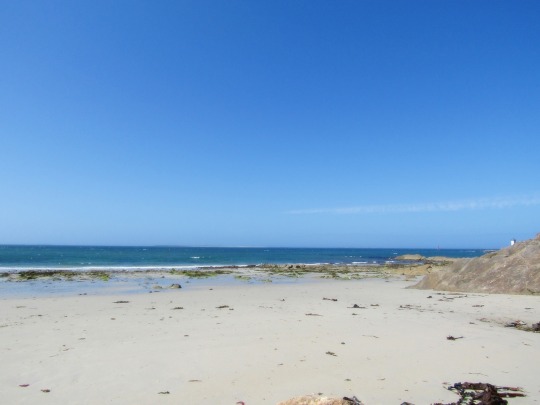
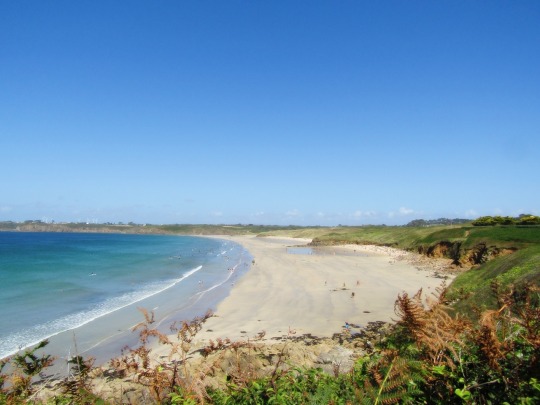


Coast of Brittany, France
29 notes
·
View notes
Text

Akaremayaro 2023 IG
17 notes
·
View notes
